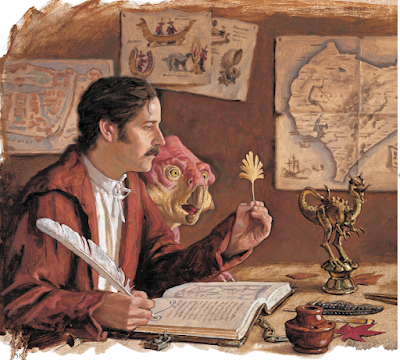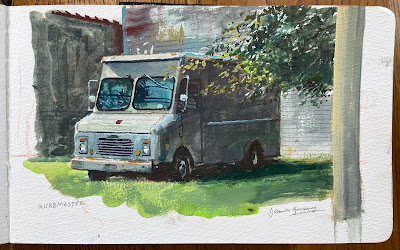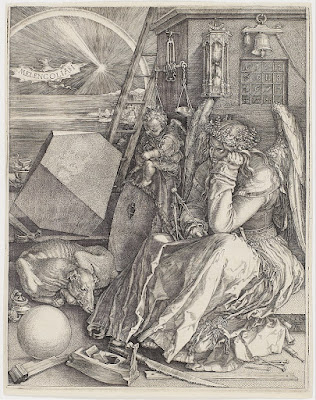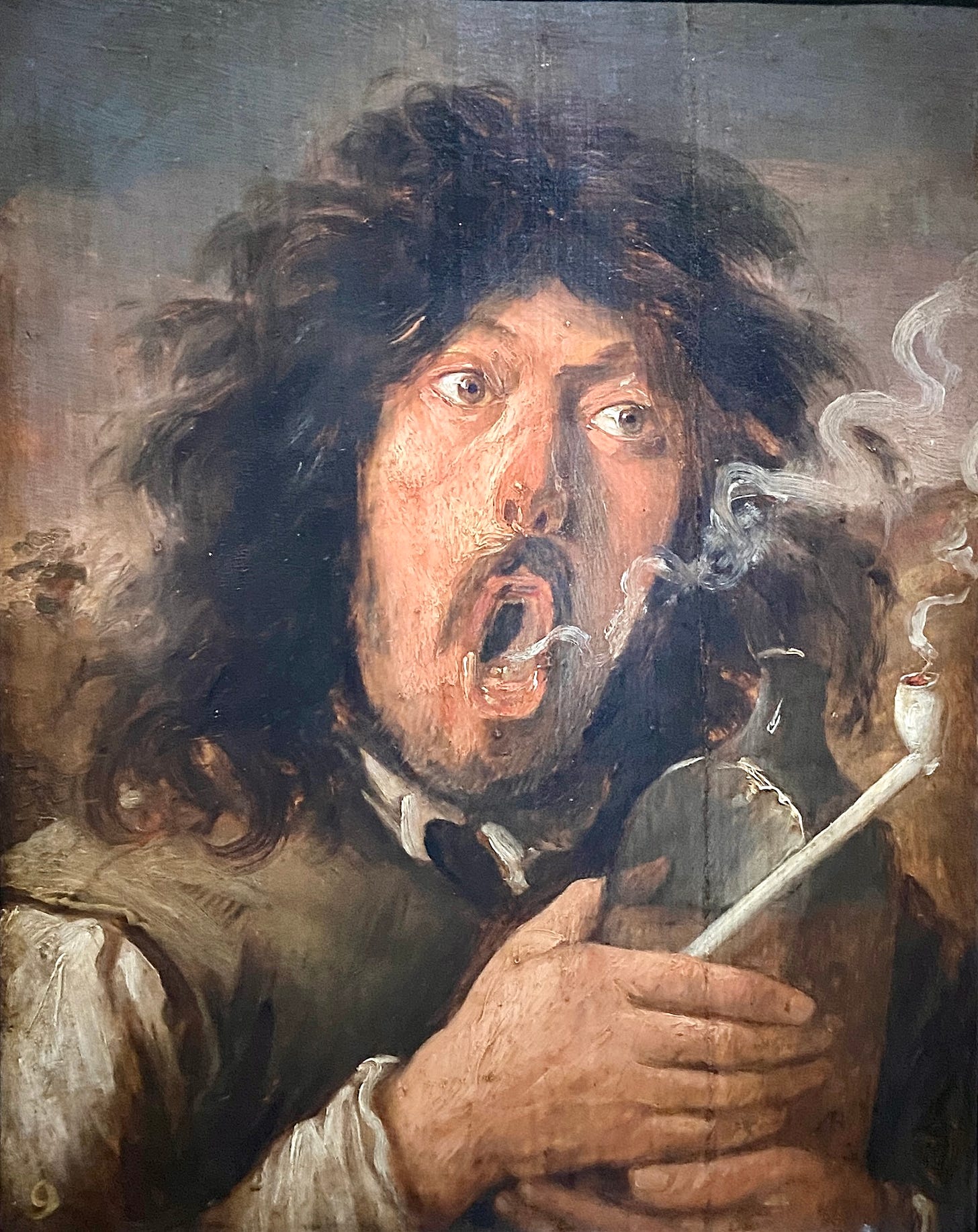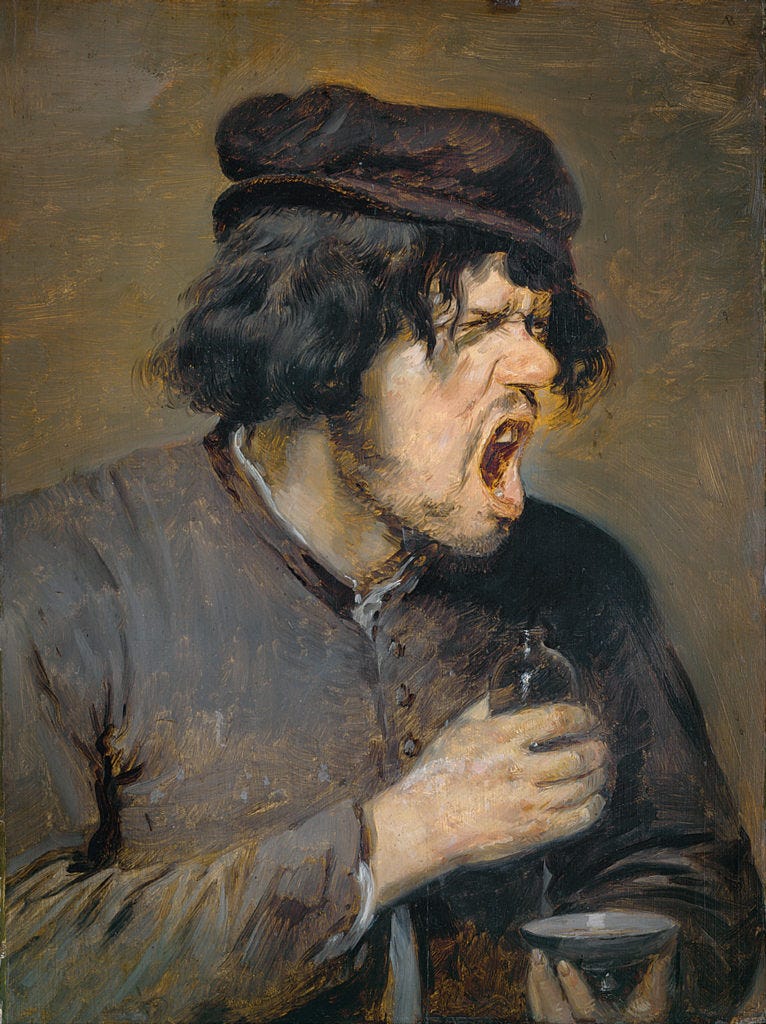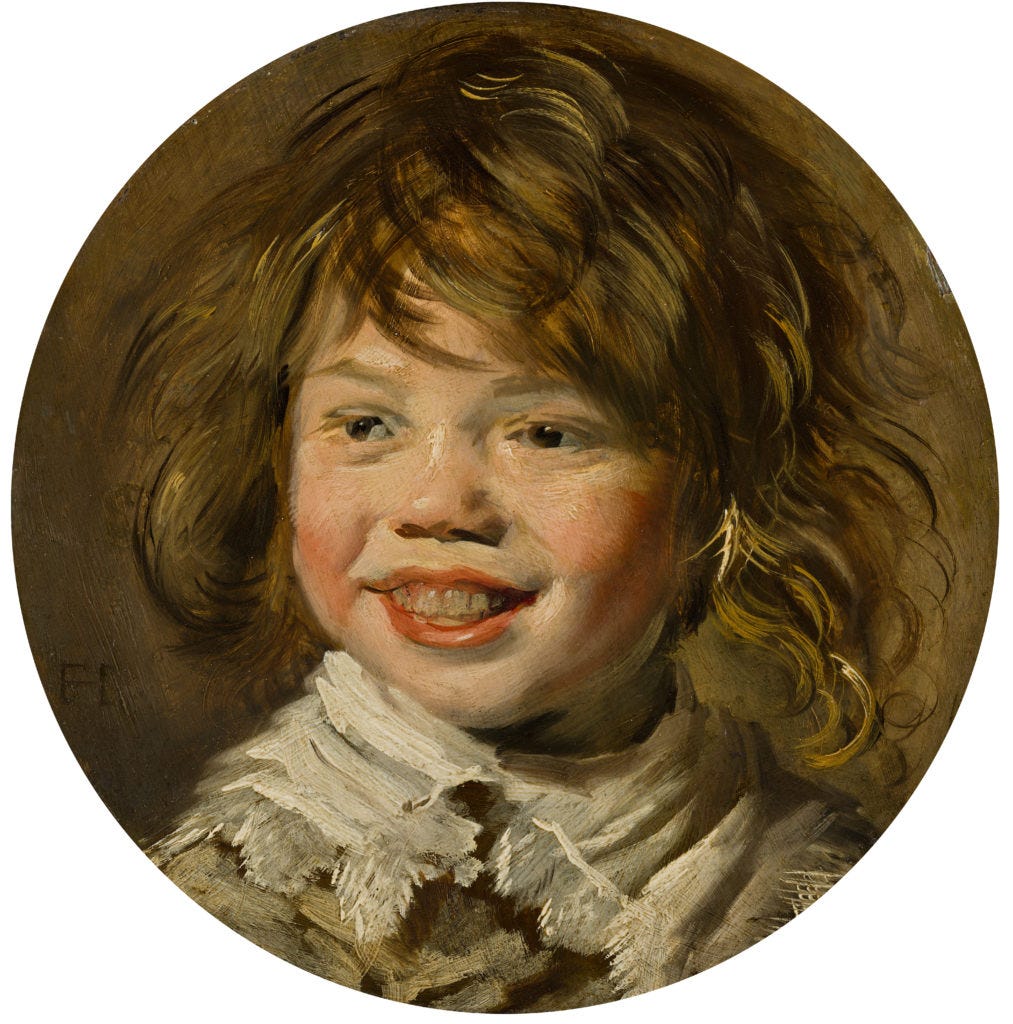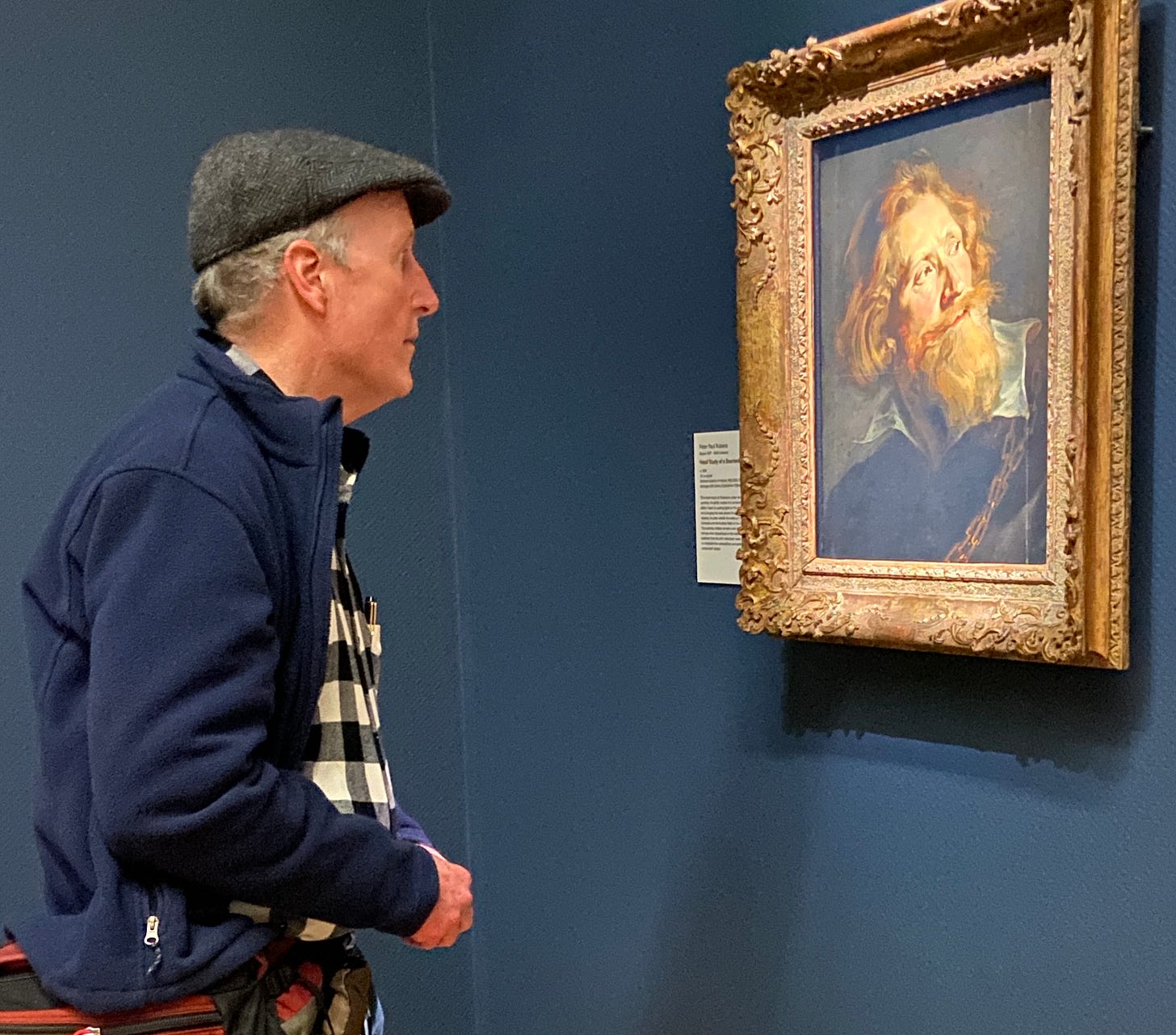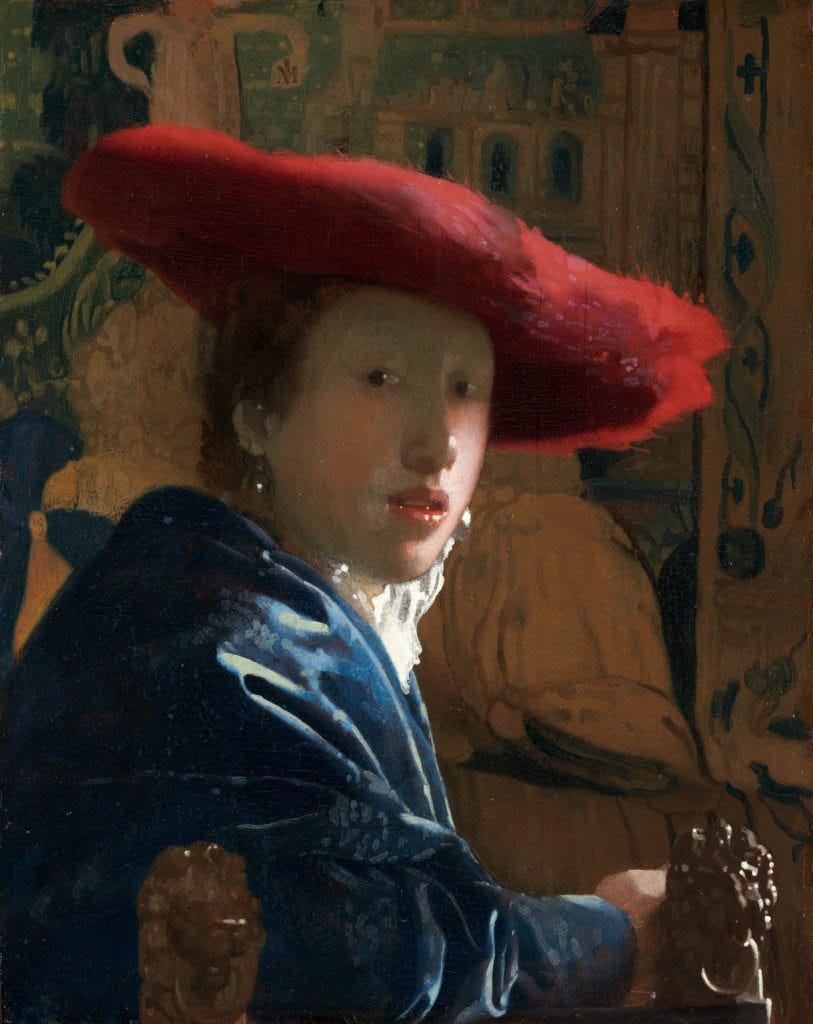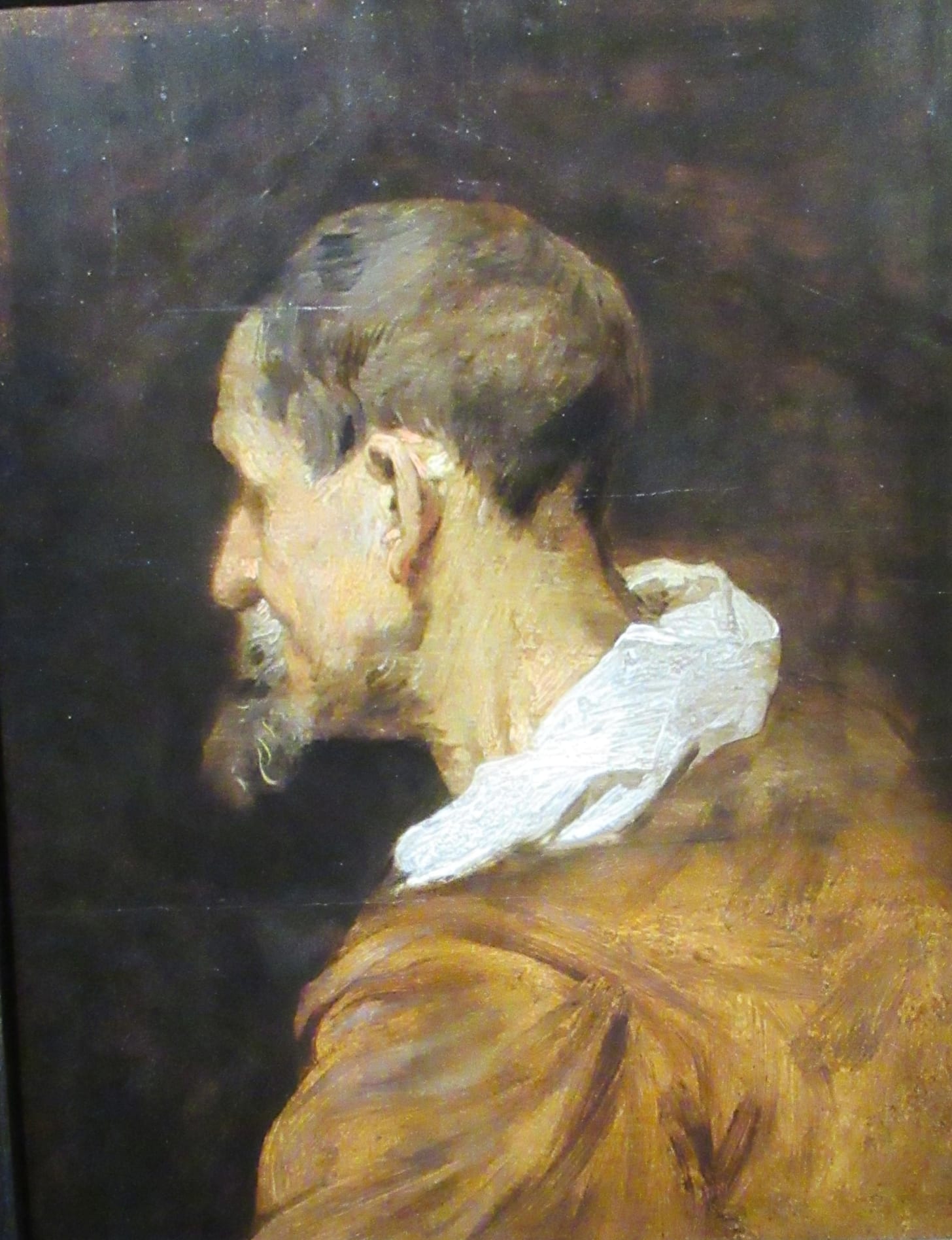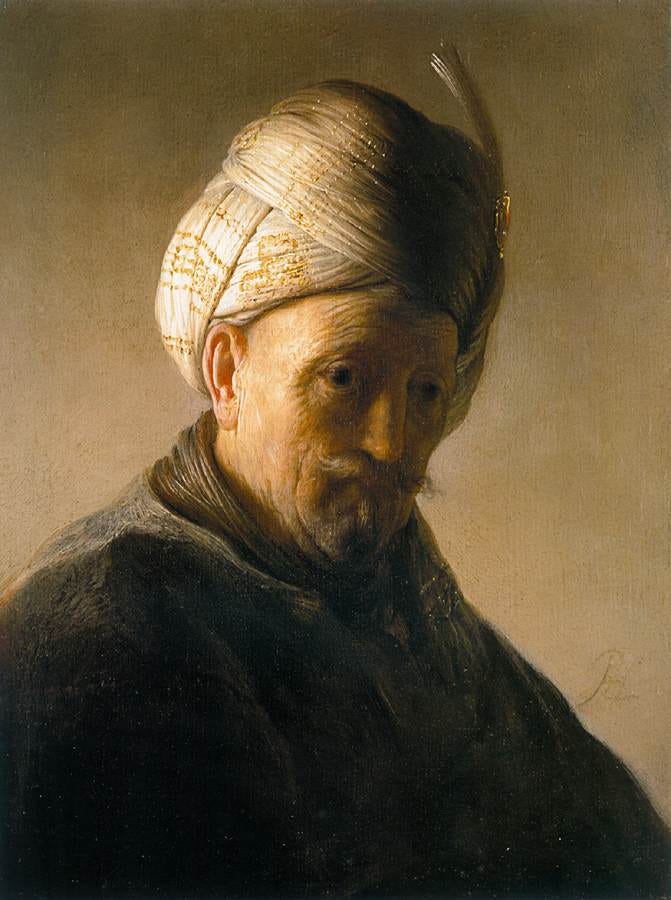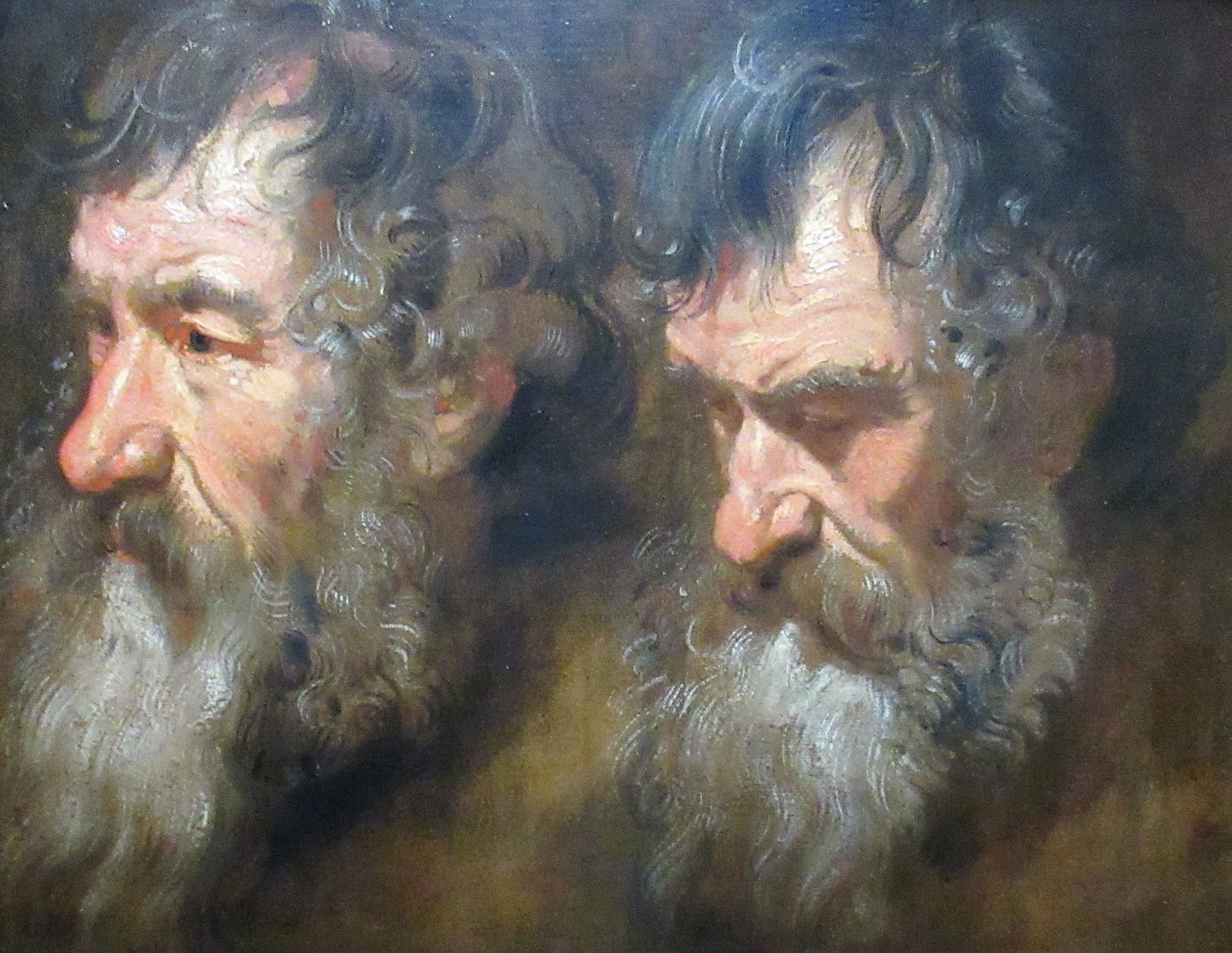Arthur Denison, chronicler of Dinotopia, in his study with Bix, his sidekick Protoceratops.
Sunday, April 28, 2024
Monday, April 22, 2024
Leyendecker in Paris
J.C. Leyendecker, during his student days in Paris, wrote home to Chicago describing the work he was doing in the Académie Julian under Benjamin-Constant, Lefebvre, Bouguereau, and Laurens:
"Thoroughness is the principle upon which the French Art Schools have won their success. It doesn't take long to discover that style and dash will not make a drawing or painting go here as it will an illustration back home. Serious work—getting right down to the foundation principles—is the demand which is laid upon every student over here.
If I learned anything it was that a picture is really only valuable for the thought behind it. There is little talk of 'handling' and of the catch tricks of the trade, and much emphasis upon a deep and serious significance in everything attempted."
Friday, April 19, 2024
Painting the Kurbmaster
I establish a unit of length. The distance from the left edge of the windshield to the back of the door equals the distance from the A-pillar to the back of the van.



I’m eager to dive into the details, beginning with the reflections in the windshield, and after that I’ll do the front lights and grillwork.

I paint the leaves transparently on the first pass, then start bringing in opaques

Stage 6. Pencil Lines.
A ruler and a pencil for the fine lines of the clapboards on the far building.
Wednesday, April 17, 2024
The Two Roads to Career Building
There are two roads for building an art career online.
Friday, April 12, 2024
How to Overcome Creative Melancholy
2. Invent an alter ego and let them solve it. Pretend you've hired a specialist to help you with the part of the process that stymied you.
3. Trust the process, follow the workflow. For me, that means doing thumbnail sketches, planning tonal studies, doing a perspective drawing, gathering photo reference, etc.
4. Leave an easy step unfinished at the end of a work session. That way, when you return to work you know exactly what to do and how to do it and you don't need much brain power.
Sunday, April 7, 2024
Tronies Exhibit in Dublin
Not all head paintings are intended as portraits of specific individuals.
Joos van Craesbeeck, 1605/6-1660/1 The Smoker
Sometimes the goal is to capture a facial expression, a character type, a weird angle, an exotic costume, or an exploratory lighting arrangement.
Adriaen Brouwer, The Bitter Potion, 1636-1638, Städel Museum, Frankfurt, Germany.
In the 16th and 17th centuries, Dutch and Flemish painters developed a whole series of experimental modes of head painting.
Frans Hals, Laughing Boy, 1625, Mauritshuis, The Hague, Netherlands.
There’s a lot of fun mixed in with serious art-making.
On Tuesday we visited the National Gallery of Ireland in Dublin, which is hosting an exhibition of these amazing head paintings, known by the Dutch and Flemish artists as tronies.
Johannes Vermeer, Girl with a Red Hat, 1665, National Gallery of Art, Washington, DC.
The name of the exhibition is Turning Heads: Rubens, Rembrandt and Vermeer.
The exhibition includes head paintings by other well known painters of the day, including Anthony van Dyck (above), who painted this head study between 1618 and 1620.
Several of Rembrandt’s tronies explore characters in exotic costumes lit by strange, mysterious lighting.
The show will be on view through the 26th of May, 2024.

